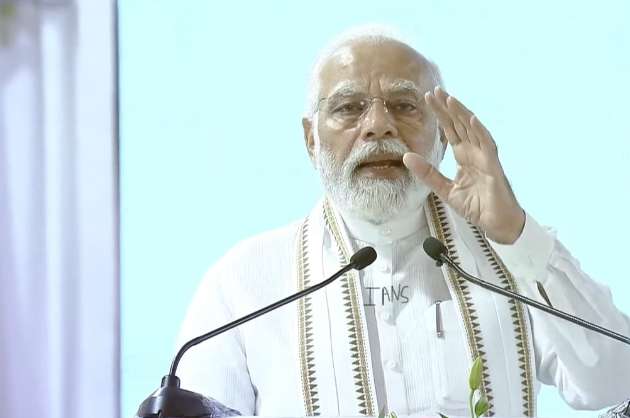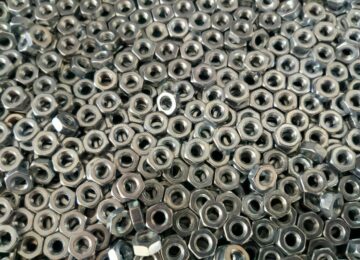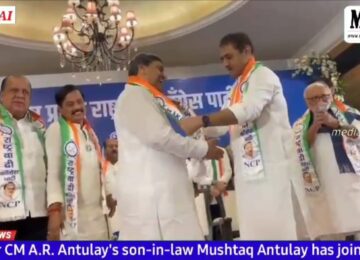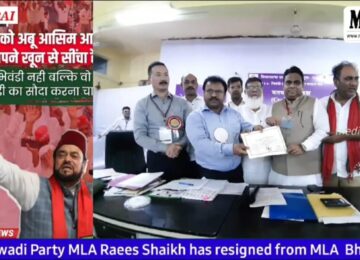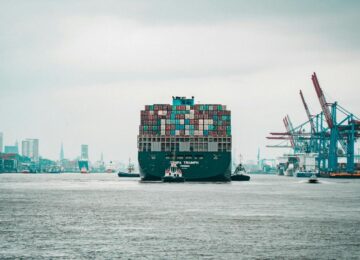Anupama Nair
Bharat Maa has given birth to many great sons and daughters who lived and died for their motherland. Hira Ben, a great woman of Gujarat gave birth to a Kohinoor – Narendra, named after a great saint Narendra Dutta aka Swami Vivekananda. Our great Prime Minister was born on 17th September 1950 to a Gujarati family of grocers in Vadnagar, Gujarat. His father was Damodardas Mulchand Modi. In fact, he was the first Indian Prime Minister born in Independent India.
Modi helped his father sell tea at the Vadnagar railway station when he was a child, and he later ran a tea stall with his brother near a bus terminus. He completed his higher secondary education in Vadnagar in 1967, where a teacher quoted him as “an average student and a keen debater, with interest in theatre”. He had an extra-ordinary skill for rhetoric in debates and preferred playing larger-than-life characters in theatrical productions, which later influenced in creating his political image.
He was introduced to the Rashtriya Swayamsevak Sangh (RSS) at the tender age of 8 and began attending the local shakhas . There, Modi met Lakshmanrao Inamdar, also known as Vakil Saheb, who initiated him as a balaswayamsevak in the RSS and later became his political guru. While Modi was training with the RSS, he had the good fortune to meet Vasant Gajendragadkar and Nathalal Jaghda, who were then the leaders of Bharatiya Jana Sangh, who later were founding members of the Bhartiya Janata Party’s Gujarat unit in 1980.
He was engaged to a girl, Jashodaben Chimanlal Modi, and they were married when she was 17 and he was 18. Soon afterwards he left home, and the couple went onto lead separate lives, neither marrying again, and the marriage itself unmentioned in Modi's public pronouncements for many decades. In April 2014, shortly before the Lok Sabha elections which he won with majority, he publicly confirmed that he was married and the couple has remained married, but estranged.
Modi then spent the subsequent two years travelling across Northern and North-eastern India, and not much details of where he went are available. However, Modi said he visited Hindu ashrams founded by Swami Vivekananda — the Belur Math near Calcutta, the Advaita Ashrama in Almora and the Ramakrishna Mission in Rajkot. He was deeply inspired by the other Narendra — Swami Vivekananda. In 1969, Modi returned to Vadnagar for a brief visit before leaving for Ahmedabad. He lived with his uncle, working in his canteen at the Gujarat State Road Transport Corporation.
In Ahmedabad, Modi again met Inamdar, who was at the Hedgewar Bhavan (RSS headquarters) in the city. Modi's first known political activity as an adult was in 1971 when he joined a Jana Sangh satyagraha in Delhi led by the former Prime Minister the great Atal Bihari Vajpayee to enlist for the battlefield. After the Indo-Pakistani War of 1971, he stopped working for his uncle and became a full-time pracharak for the RSS working under Inamdar. Shortly before the war, Modi took part in a non-violent protest against the then Indian government in New Delhi, for which he was arrested. This had been the main reason cited as a reason for Inamdar selecting to mentor him. Many years later Modi wrote a biography of Inamdar, that was published in 2001. In 1978 Modi graduated with a Bachelor of Arts degree in Political Science from the School of Open Learning from the University of Delhi. In 1983, he got a master’s degree in political science from Gujarat University.
In June 1975, the then Prime Minister Indira Gandhi declared a state of emergency in India which lasted for 2 years . Many of her political opponents were jailed and opposition groups were banned. Shortly afterwards, the RSS was banned. Modi was forced to go underground in Gujarat and frequently travelled in disguise to avoid arrest. He became involved in printing pamphlets that opposed the government, and later organized demonstrations. He was also involved in creating a network of safe houses for individuals wanted by the government, and in raising funds for political refugees and activists. During this period, Modi wrote a book Sangharsh Ma Gujarat (The Struggles of Gujarat), that narrated the events during the Emergency.
Modi rose within the party and was named a member of the BJP's National Election Committee in 1990, and he helped in organizing L.K. Advani's Ram Rath Yatra in 1990 and Murli Manohar Joshi's Ekta Yatra (Journey for Unity) in 1992. However, he took a brief break from politics in 1992, and established a school in Ahmedabad. Modi returned to electoral politics in 1994, partly at the insistence of Advani, and as party secretary, Modi's electoral strategy was considered central to the BJP victory in the 1995 state assembly elections.
In November 1995, Modi was elected BJP national secretary and transferred to New Delhi, where he assumed responsibility for party activities in the states of Haryana and Himachal Pradesh. Modi was promoted to the post of general secretary of the BJP in May 1998.
Modi became the Chief Minister of Gujarat in 2001, and remained in office till 2014 till he was elected as Prime Minister of India. As the Chief Minister, Modi favored privatization and in his view it was the way for development of the state. His policies during his second term have been credited with reducing corruption in the state. He established financial and technology parks in Gujarat and during the 2007 Vibrant Gujarat Summit, real-estate investment deals worth ₹6.6 trillion were signed.
The Modi government completed the process of bringing electricity to every village in Gujarat. Modi significantly changed the state's system of power distribution, greatly impacting farmers. Gujarat expanded the Jyotigram Yojana scheme, in which agricultural electricity was separated from other rural electricity, the agricultural electricity was rationed to fit scheduled irrigation demands, reducing its cost. The state's GDP growth rate averaged 10% during Modi's tenure, a value similar to other highly industrialized states, and above that of the country as a whole.
In September 2013, Modi was named the BJP's candidate for prime minister ahead of the 2014 Lok Sabha election. Modi played a dominant role in the BJP's election campaign. Many people who voted for the BJP stated that if Modi had not been the prime-ministerial candidate, they would have voted for another party. The focus on Modi as an individual was unusual for a BJP election campaign. The election was described as ‘a referendum on Narendra Modi’.
The party won 31% of the vote share and more than doubled its tally in the Lok Sabha to 282, seats becoming the first party to win a majority of seats on its own since 1984. Modi, who was unanimously elected leader of the BJP, was appointed Prime Minister of the country. He was re-elected in 2019 with a thumping majority. According to international survey, he is currently the most popular leader in the world. Many countries, like United States, Russia, Saudi Arabia, UAE, Maldives, Palestine, Bahrein and Afghanistan honored him by giving him the highest civilian award in their country.
It is to be noted that the great Nostradamus predicted Modi’s rise to power. He stated “that a person from India with a spiritual background and the name of a saint will make the country great again. This is also true with India becoming a world leader under the rule of our charismatic Prime Minister. Happy Birthday Modiji, you sure are my inspiration.

